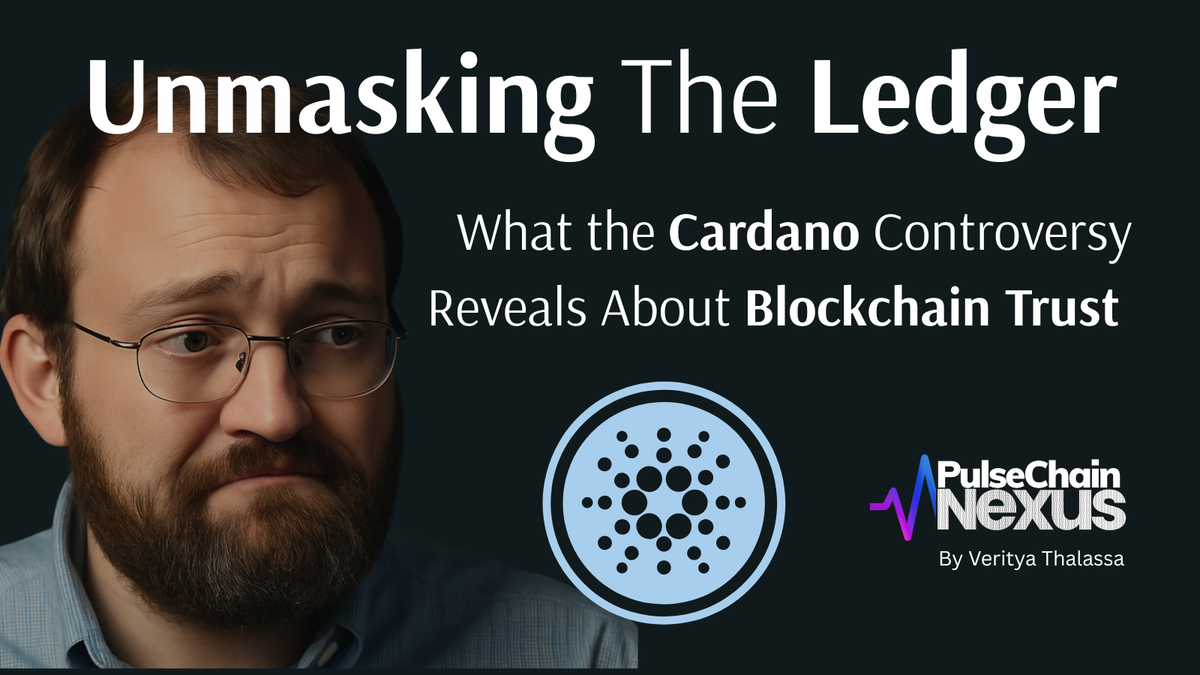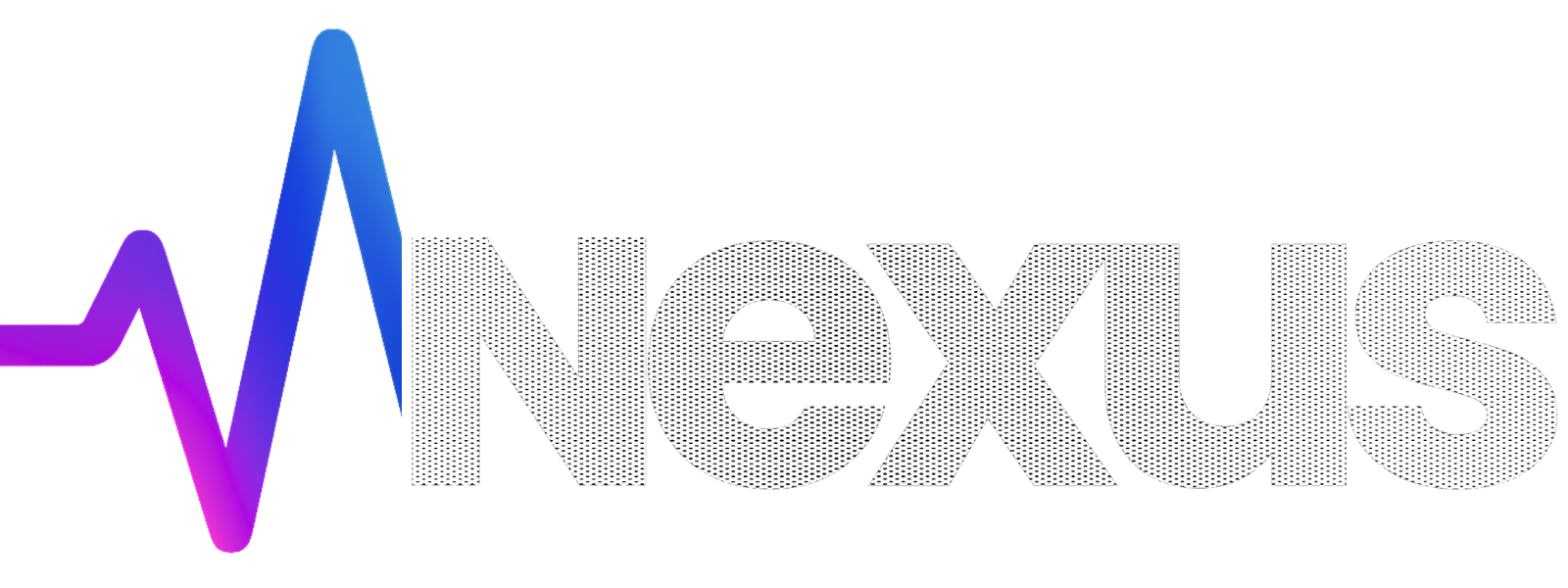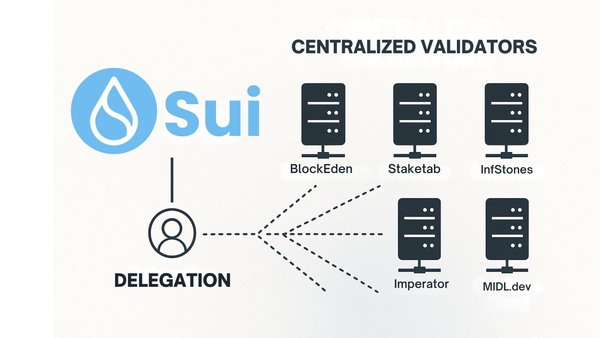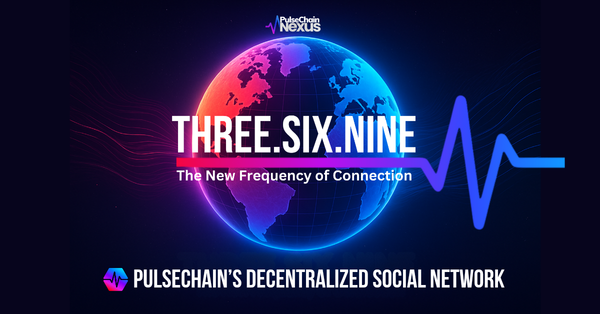What the Cardano Controversy Reveals About Blockchain Trust
Let’s get this straight: if a founder can access a master key, rewrite ledger entries, or reassign funds—then the chain isn’t decentralized. It’s decorated.

We live in an age where the word “decentralization” is both a shield and a sword—used to defend ideals and cut down dissent. But occasionally, a moment pierces the veil. A moment when the mask slips, and we’re forced to look directly at what’s behind the code.
The recent accusations aimed at Cardano founder Charles Hoskinson are just such a moment.
NFT artist Masato Alexander alleged that during Cardano’s 2021 Allegra hard fork, Hoskinson used a “genesis key” to effectively rewrite the network ledger—transferring 318 million ADA (valued at $619 million at the time) from unclaimed ICO wallets into Cardano’s reserves. The implications? Monumental. We’re talking about the kind of action that would make Satoshi Nakamoto himself roll in his anonymity.
Now, before we let pitchforks fly, Charles denied the claims. He states the ADA was redeemed over a 7-year period and the remaining tokens were gifted to Intersect, Cardano’s governance body. The Cardano Foundation is now preparing an audit to address the controversy.
But this isn’t just about Cardano. Or Charles. This is about the illusion of decentralization that plagues most Layer 1s outside of the truly immutable.
Let’s get this straight: if a founder can access a master key, rewrite ledger entries, or reassign funds—then the chain isn’t decentralized. It’s decorated.
This is why I speak, write, and build around ecosystems like HEX and PulseChain. Immutable smart contracts. No admin keys. No way for a founder to wake up and move $600 million because someone forgot to claim tokens. If you missed it, you missed it. And that’s what makes it honest.
Cardano has long presented itself as the academic’s blockchain—peer-reviewed, structured, slow-moving, and supposedly incorruptible. But you don’t protect decentralization with citations. You protect it with code that no one can touch.
And if that’s not your standard, then what you’re building isn’t a trustless network—it’s a trust-me network.
For those watching from the outside: this moment should serve as a cautionary tale. Ask yourself: can the founder intervene? Can the ledger be rewritten? Can someone “gift” unclaimed tokens years after an ICO and call it protocol?
Because if the answer is yes, then you’re not standing on a blockchain—you’re standing on a stage.
Stay sovereign. Stay sharp.





